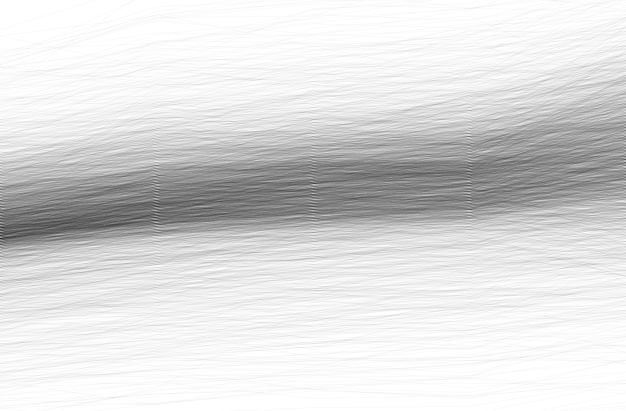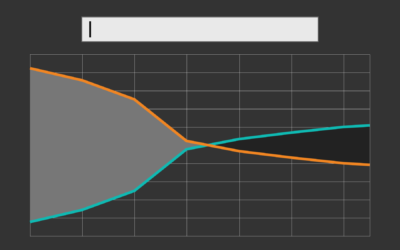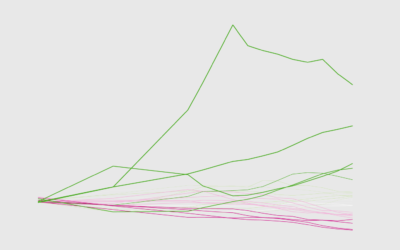Using Transparency in R to Improve Clarity
When you plot a lot of data at once, points and lines can obscure others and hide patterns. Transparency can help reveal what is really there.

Transparency doesn’t seem to be used much, but it’s as easy to set as color. All you have to do is append a value from 0 to 99 to a hexadecimal color code. A value of zero gives you completely transparent whereas a higher value gives you more opaque. For example, if you add “05” to “#000000” so that it’s “#00000005” you have a transparent shade of black.
To access this full tutorial, you must be a member. (If you are already a member, log in here.)
Get instant access to this tutorial and hundreds more, plus courses, guides, and additional resources.
Membership
You will get unlimited access to step-by-step visualization courses and tutorials for insight and presentation — all while supporting an independent site. Files and data are included so that you can more easily apply what you learn in your own work.
Learn to make great charts that are beautiful and useful.
Members also receive a weekly newsletter, The Process. Keep up-to-date on visualization tools, the rules, and the guidelines and how they all work together in practice.
See samples of everything you gain access to:





